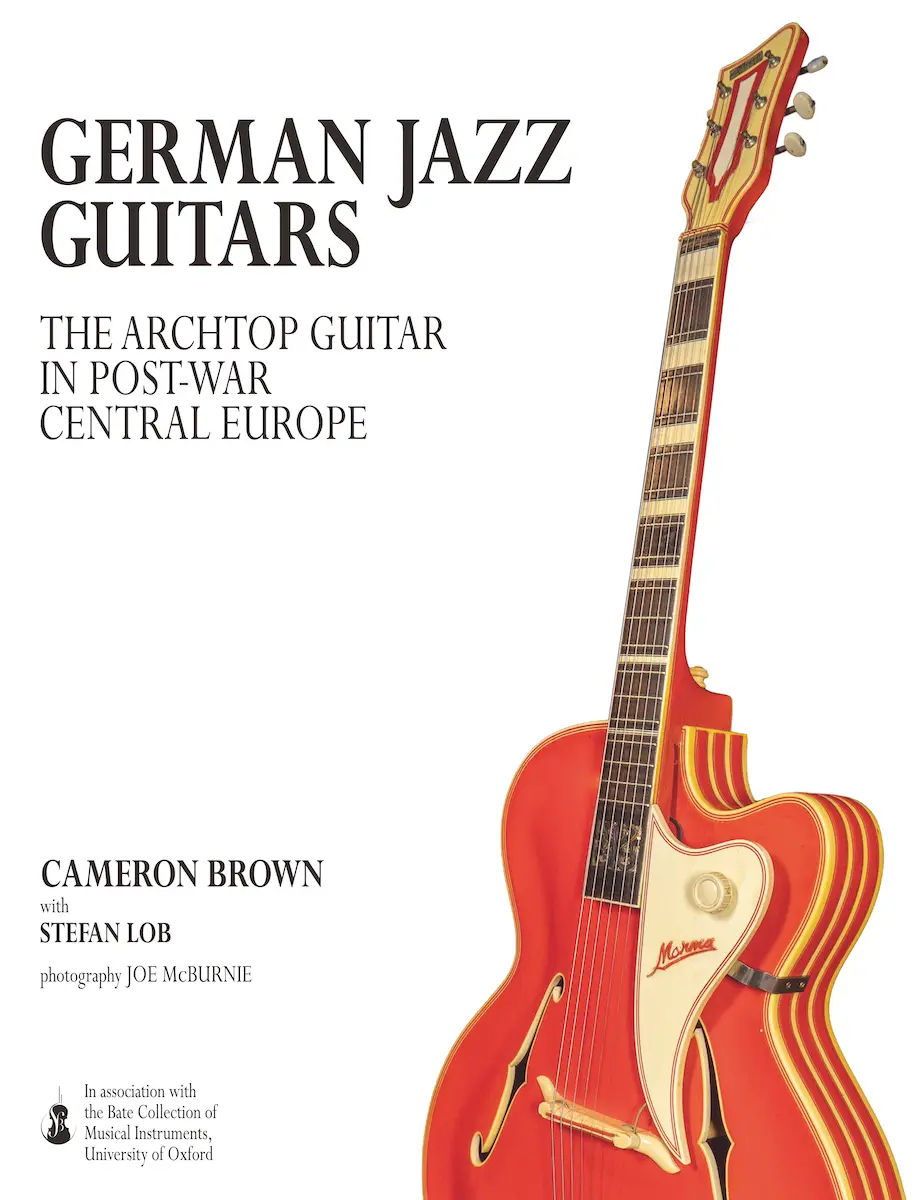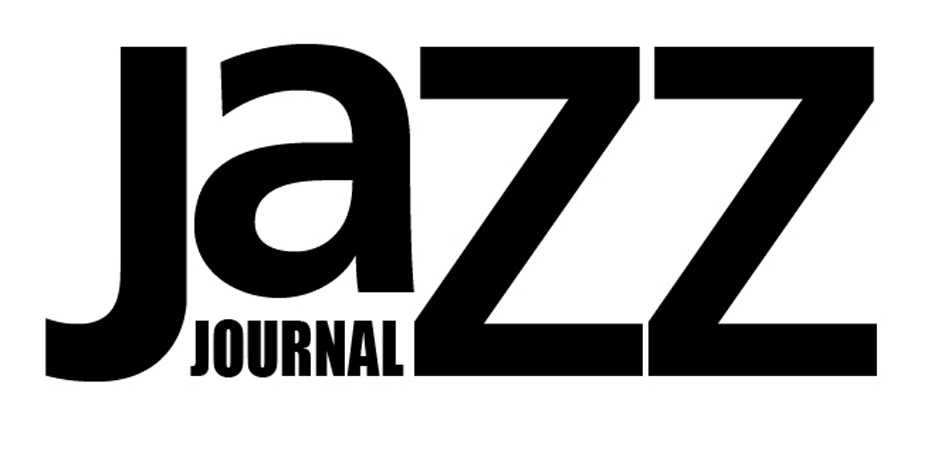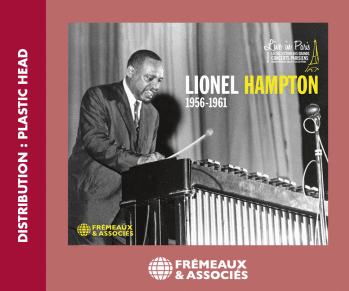
For most people, the United States is the land of the rock, jazz and folk guitar – with great names such as Gibson, Epiphone, Fender, Gretsch, Martin – while Spain is the land of the classical instrument. Moreover, while both classical and flamenco guitars have their historic origins in Spain, Andrés Segovia also played a German classical guitar by Herman Hauser for much of his career. Bohemia and neighbouring Saxony, where Christian Friedrich Martin was born in 1796, produced for over three centuries a large proportion of the world’s stringed instruments: lutes, fiddles, cellos, double basses and guitars.
This book’s authors, Cameron Brown and Stefan Lob, are two leading international experts on the subject. The Bate Collection is a museum of musical instruments at Oxford University that includes over a hundred guitars donated by Cameron Brown. Half of them were made by German-speaking Czech craftsmen expelled from their homeland after the Second World War, and resettled in Bavaria – part of the massive resettlement of peoples in 1945, particularly between Germany and countries to the east. The guitars in the other half of the collection were made by their former neighbours in Saxony, in former East Germany.
The book shows the complete collection and more, summarises the socio-political background to guitar production, and outlines the near-extinction of what was once the most productive centre of stringed-instrument making in the world. It also offers a guide to help collectors identify the makers of their instruments.
Guitarist Mick Wright comments, by email, that these German guitars are “an aesthetic oddity, the designs looping back to Europe from the immigrant European luthiers who took their skills to the USA”. Though they’re essentially an American design, there is a unique style of German guitar which comes from an earlier pre-international age. In the 1950s and early 60s, trade restrictions with America meant that there were many more European instruments available in the UK and continental Europe, and fewer American brands such as Gretch, Epiphone and Gibson.
The wealth of jazz guitars built in Germany indicates the European enthusiasm for jazz. Traditions of excellence in instrument-making long-established in Germany and eastern Europe responded quickly to burgeoning demand for instruments. There was a move to industrialised mass-production and innovative designs with a distinctive northern-European aesthetic. “There were locally made electric and acoustic guitar brands in other European countries too, with their own culturally influenced styles”, Wright explains. Today, shops that have survived the online revolution – a declining number, sadly – are full of cheap imports from China, Indonesia and South Korea. (Windows, my local music shop in Newcastle upon Tyne, recently closed its doors for the last time.)
This is a beautifully illustrated and sumptuous book that any guitar collector will love to own. It is highly recommended.
German Jazz Guitars: The Archtop Guitar In Post-War Central Europe by Cameron Brown and Stefan Lob. Unicorn Publishing; 288 pp (hbk). 9781916846692









